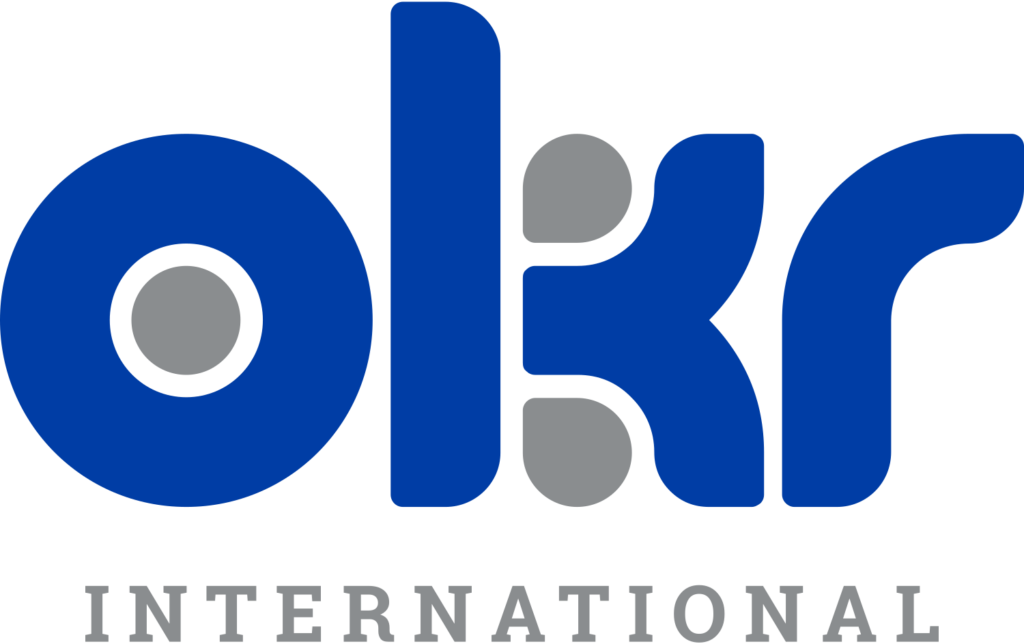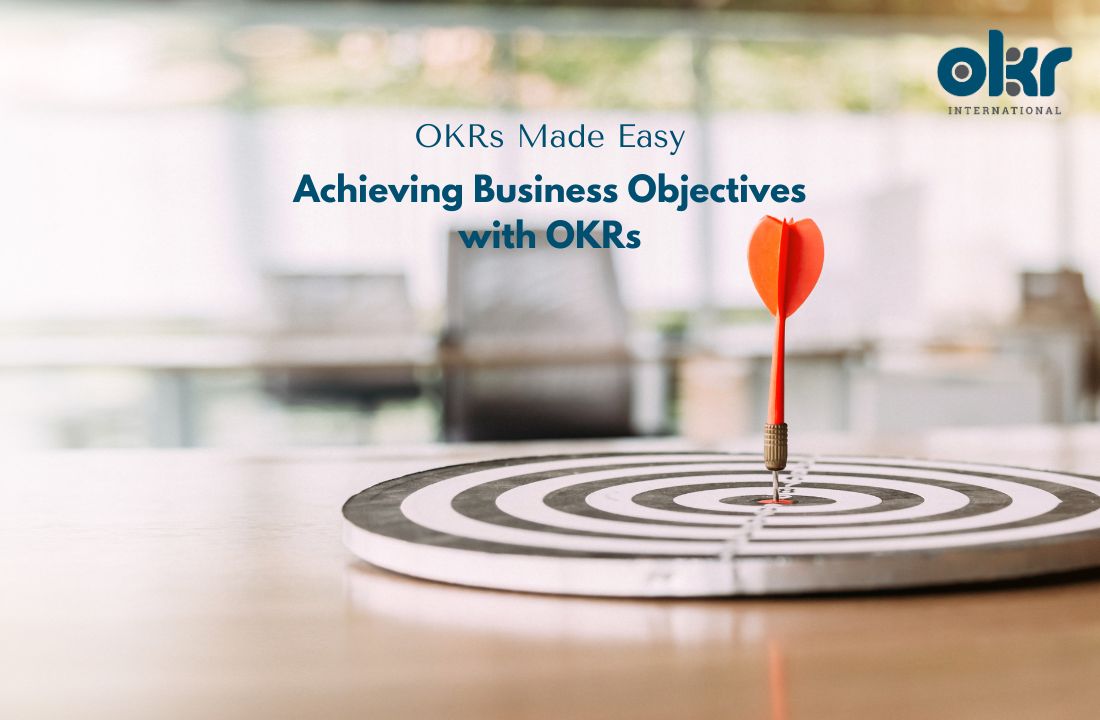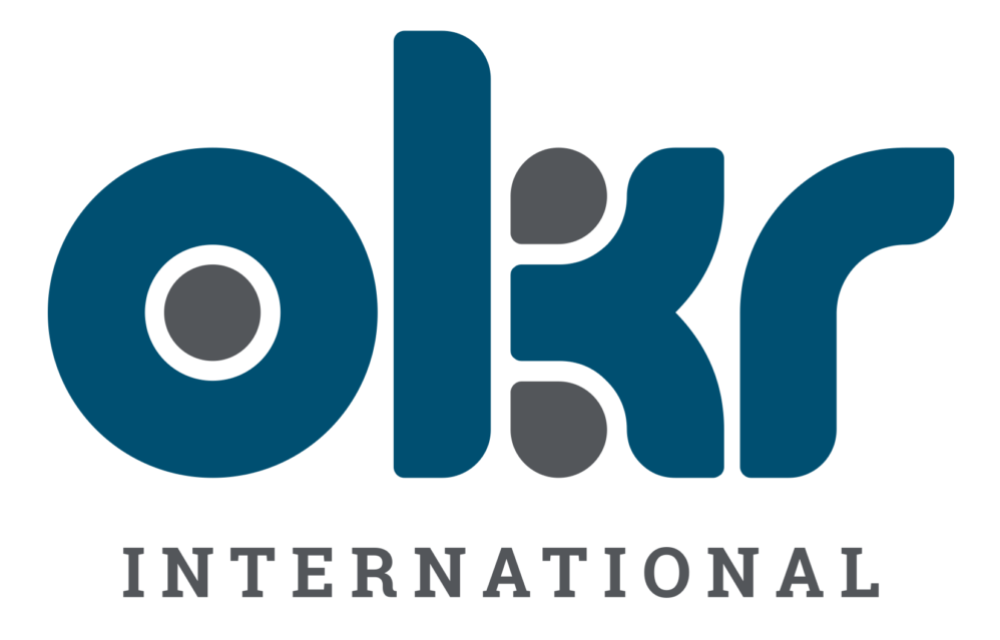Introduction to OKRs
OKRs or Objectives & Key Results are a famous goal setting framework that have been used since several years. Google, Intel, Amazon, Adobe, LinkedIn, and Microsoft are some notable companies known for their extreme success, achieved through setting realistic goals and achieving them. However, have you ever wondered what it’s like to be responsible for something like “increasing user engagement using the search engine” or “increasing revenue from premium LinkedIn subscriptions”?
If you were in that situation, you might not have much of a clue about what to do. This is where Objectives and Key Results (OKRs) come in, a goal-setting framework invented by Andrew Grove as the co-founder of Intel in the 1970s.
How did OKRs come into being?
OKRs, or Objectives and Key Results, are a measurable goal-setting framework that helps companies and teams achieve the goals and objectives they set. To use OKRs, one can take a problem at hand and set a goal. For example, let’s take the Google example mentioned earlier, which was to increase user engagement using the search engine. Now, to achieve this objective, the measurable milestones would be to increase daily active users on Google search by 10%, increase the average time users spend on the Google search results page by 15%, and increase the click-through rate from search results to other Google products (such as YouTube or Google Maps) by 5%.
Lastly, the initiatives to achieve these goals would look something like launching a new advertising campaign to drive more traffic to Google search, experimenting with different types of content and media (such as videos, images, or interactive features) to keep users on the page longer, and introducing new features or functionality that make it easier for users to discover and access other Google products.

Effective OKRs are crucial for a company’s success because they provide a clear and measurable framework for aligning individual and team objectives with the company’s overall mission and vision. They enable measurement of progress over time, encouraging transparency and accountability by making progress visible to everyone. When everyone is working towards the same objectives, it creates a sense of purpose and direction that drives motivation and productivity. To set effective OKRs, it is important to keep certain things in mind:
How To Set Effective OKRs
1. Involve your team in the process and align the OKRs with the company’s mission and values.
2. Set specific, measurable, achievable, relevant, and time-bound objectives.
3. Focus on outcomes rather than activities and ensure that the key results are challenging but attainable.
4. Regularly check progress and adjust goals and metrics as needed.
5. Encourage transparency and collaboration to foster a sense of ownership and motivation.
6. Keep in mind that setting effective OKRs is an ongoing process that requires continuous improvement and adjustment.
Implementing OKRs can provide numerous benefits for your business. They help align individual and team objectives with the organization’s overall objectives, provide clarity and focus on what matters most, increase motivation and engagement, offer adaptability and flexibility, enable measurement of progress over time, and encourage transparency and accountability.
Conclusion
In conclusion, OKRs are a powerful tool that businesses of all sizes and industries can use to achieve their goals and boost their performance. By providing a structured and measurable approach, OKRs help align individual and team objectives with the company’s mission and values, while regular check-ins and transparency ensure progress towards desired outcomes. So why not give OKRs a try and take your business to the next level?



